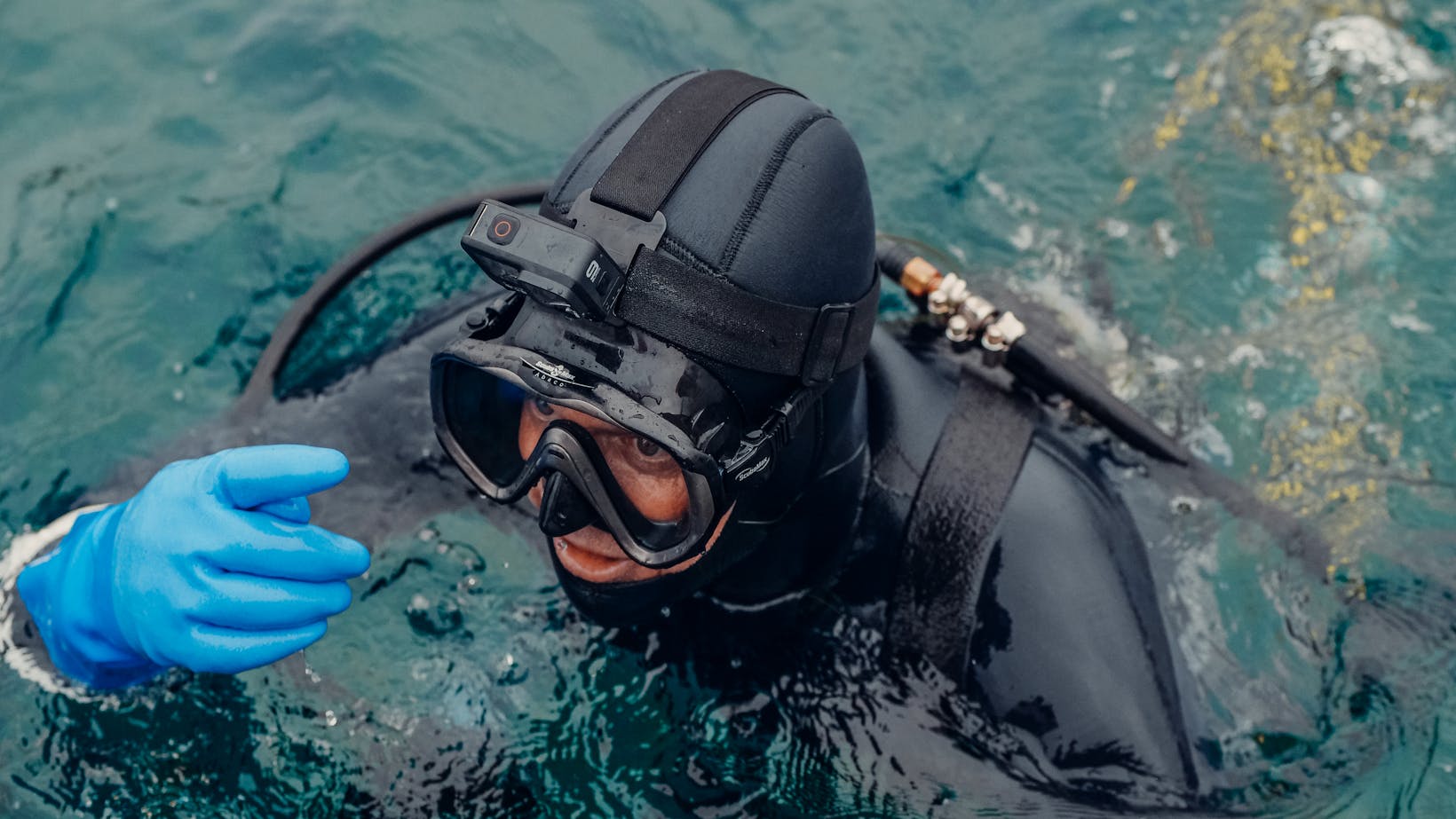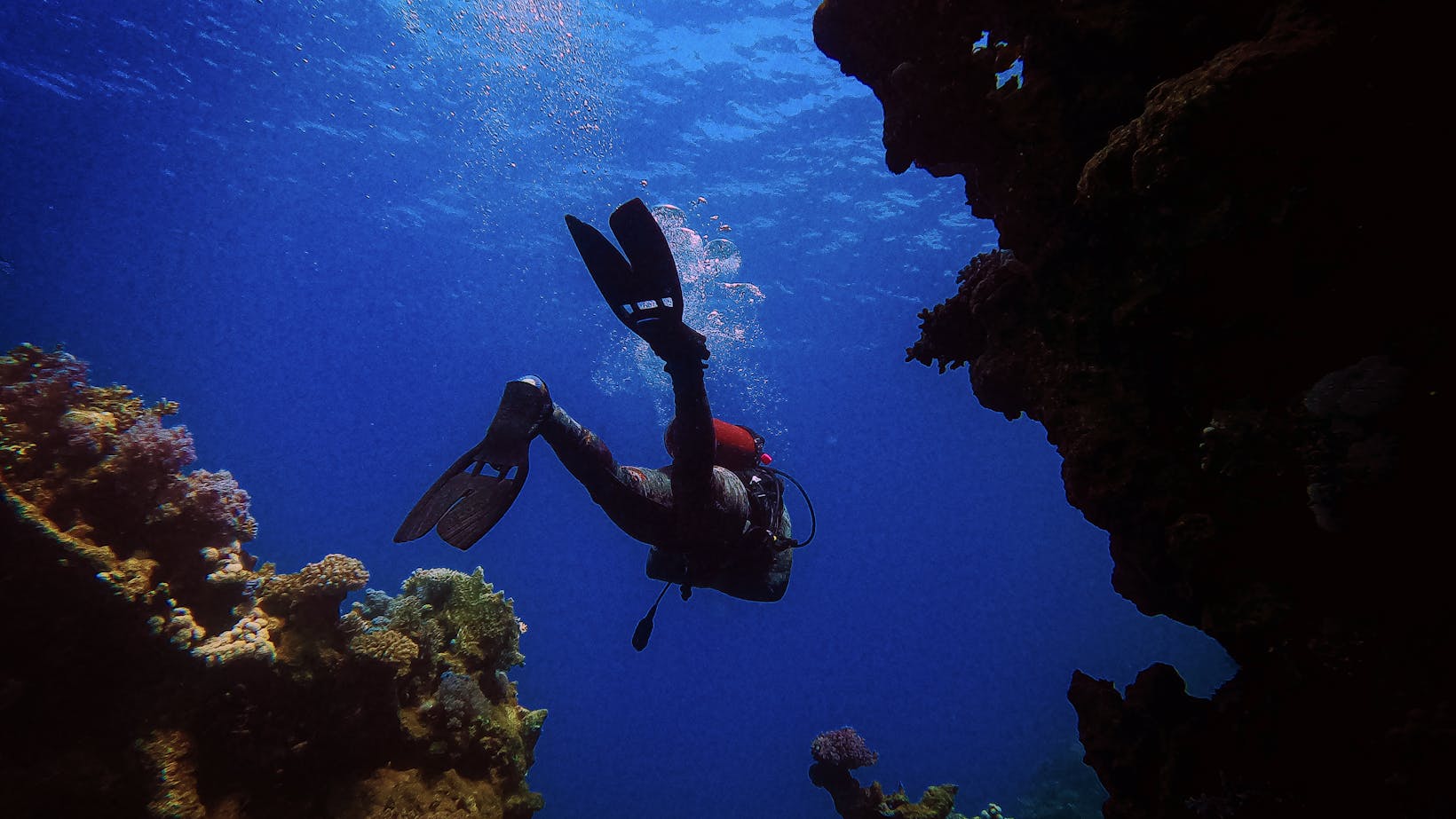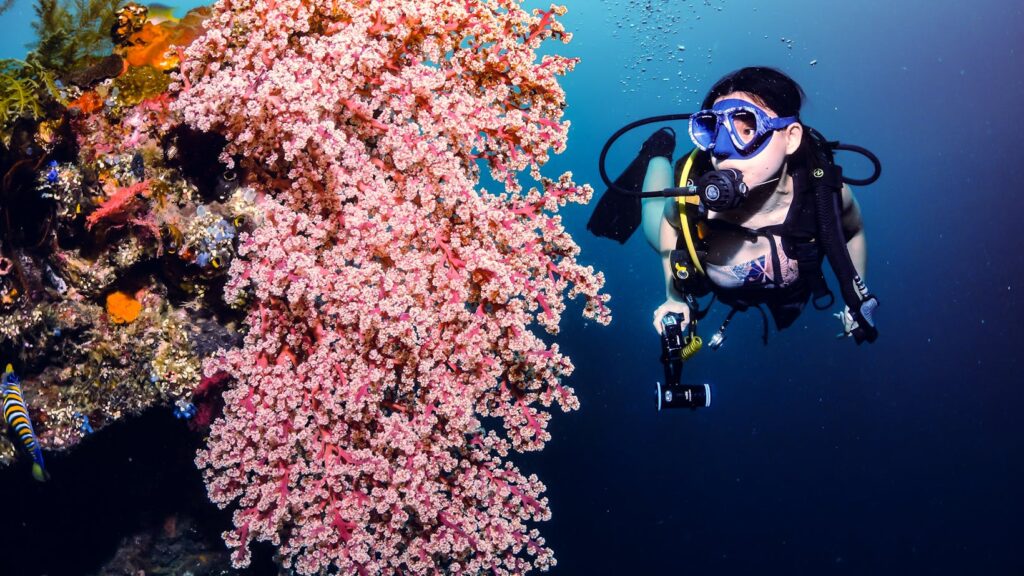Thailand, with its crystal-clear waters and vibrant marine life, has long been a magnet for scuba diving enthusiasts. From the stunning coral reefs of the Similan Islands to the mysterious wrecks in the Gulf of Thailand, the country offers a diverse range of diving experiences that cater to both beginners and seasoned divers. Its warm, tropical waters are home to an impressive array of sea creatures, making every dive an unforgettable adventure.
Scuba Diving In Thailand
Thailand’s allure for scuba diving enthusiasts goes beyond its crystal-clear waters and vibrant marine life. The country offers a unique blend of exotic underwater environments and warm tropical waters, attracting divers of all levels. From the shallow coral gardens of Koh Tao to the deep wrecks off the coast of Pattaya, Thailand presents a range of dive sites that cater to both beginners and advanced divers.

The presence of rare species like the majestic whale sharks and colorful soft corals adds to the allure, making each dive an opportunity for discovery and awe. Additionally, Thailand’s diving community is known for its hospitality and expertise, ensuring that every underwater expedition is safe, educational, and exhilarating. These factors, combined with the country’s focus on marine conservation, solidify Thailand’s status as a premier destination for scuba diving adventures.
Best Times to Go Scuba Diving in Thailand
Thailand’s scuba diving season thrives from November to April, catering to enthusiasts with its optimal conditions. During these months, the Andaman Sea showcases its calmest and clearest waters, especially appealing for those aiming to explore vibrant coral reefs and witness the majestic whale sharks. Divers find visibility extending up to 30 meters, making encounters with marine life more profound and captivating. Alternatively, the Gulf of Thailand offers prime diving conditions from May to September, presenting a unique underwater landscape that includes thriving hard corals and an abundance of fish species. These periods ensure divers experience the best underwater visibility and marine life interactions, enhancing the overall scuba diving adventure in Thailand. Each season presents distinct advantages, allowing divers to choose based on the specific experiences they seek, be it exploring hidden underwater caves or swimming alongside rare marine creatures.
Top Scuba Diving Sites in Thailand
Following the exploration of the best times for scuba diving in Thailand, it becomes crucial to spotlight the top scuba diving sites within the country. Each site offers unique experiences, from stunning coral reefs to mesmerizing encounters with marine wildlife.

- Similan Islands: Renowned for their crystal-clear waters and vibrant underwater life, the Similan Islands provide divers with the chance to explore diverse coral reefs and a chance to see manta rays and whale sharks.
- Richelieu Rock: Often cited as Thailand’s best dive site, Richelieu Rock is famous for its purple corals, large schools of fish, and regular sightings of whale sharks, especially between February and May.
- Hin Daeng and Hin Muang: These two sites are known for their deep drop-offs and are among the few places in Thailand where divers can encounter large pelagic species, such as manta rays and whale sharks.
- Koh Tao: Offering a range of dive sites suitable for beginners to advanced divers, Koh Tao is particularly celebrated for its shallow coral gardens, wrecks, and vibrant marine life.
- Phi Phi Islands: With a mix of shallow and deep dives, the Phi Phi Islands are perfect for spotting colorful fish, sharks, and even sea turtles amidst stunning coral formations.
Preparing for Your Dive
Ensuring an unforgettable scuba diving experience in Thailand involves thorough preparation. First, verifying diving certification is crucial; divers must ensure their certification from a recognized organization, such as PADI or SSI, is valid and up-to-date, especially if planning to explore advanced dive sites. Next, investing in a comprehensive travel and dive insurance policy protects against unforeseen circumstances, covering potential incidents both above and under water. Equally important is selecting appropriate dive gear. While many dive centers in Thailand offer rental equipment, bringing personal gear that fits well can enhance comfort and safety during dives. Additionally, acclimating to local conditions by arriving a few days before diving allows divers to adjust to the climate and timezone differences, reducing the risk of fatigue underwater. Lastly, reviewing dive site conditions, such as current strength and visibility, helps divers prepare for specific challenges they might face at certain locations, ensuring a safer and more enjoyable experience. These steps, combined with the previously discussed best dive times and top diving sites, set the stage for a successful and memorable scuba diving adventure in Thailand.
